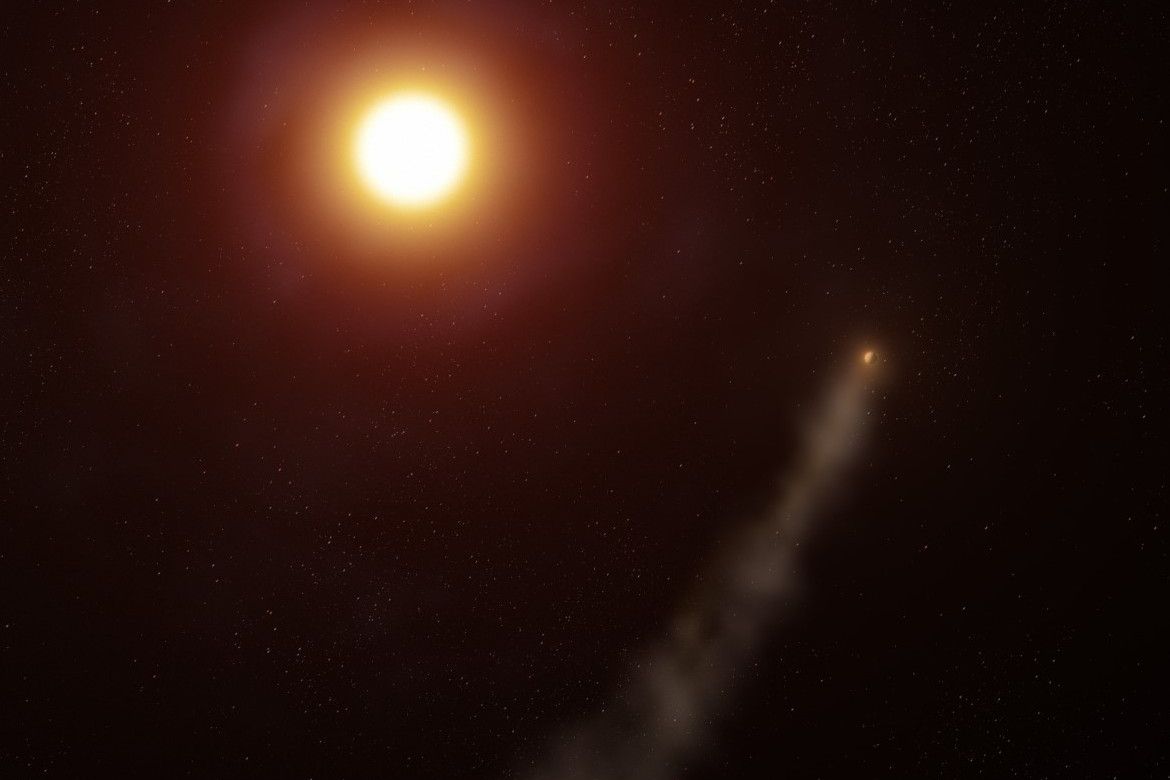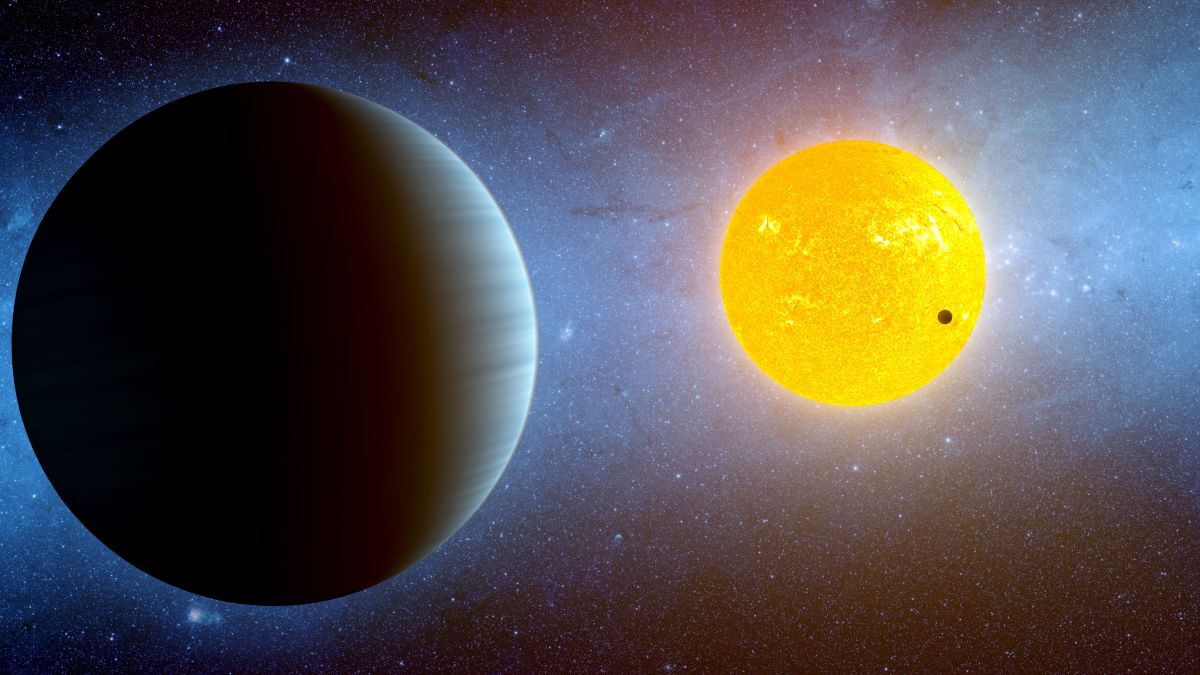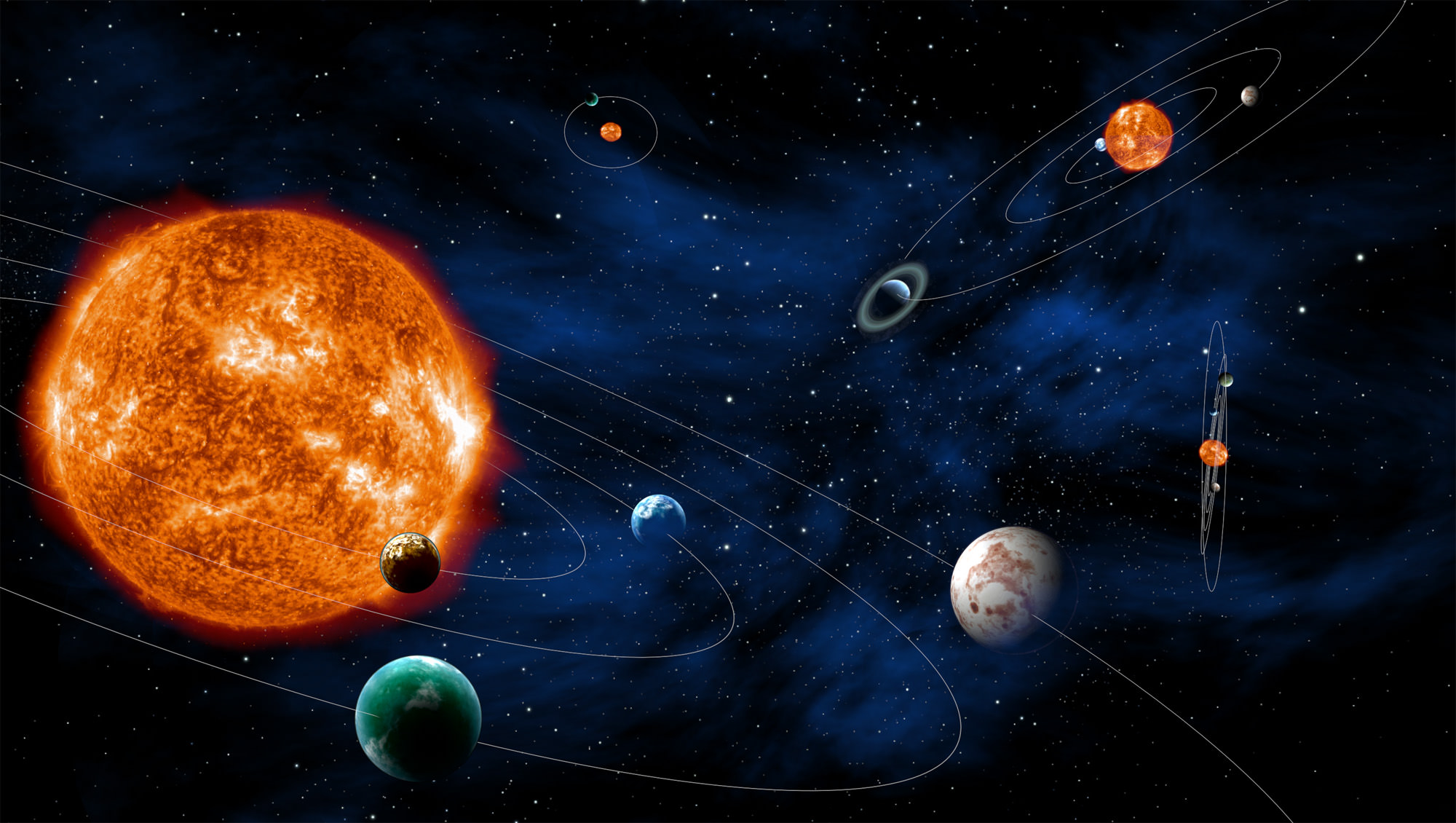About 164 light-years away, a Hot Jupiter orbits its star so closely that it takes fewer than four days to complete an orbit. The planet is named WASP-69b, and it’s losing mass into space, stripped away by the star’s powerful energy. The planet’s lost atmosphere forms a trail that extends about 560,000 km (350,000 miles) into space.
Continue reading “A Hot Jupiter With a Comet-Like Tail”A Hot Jupiter With a Comet-Like Tail




